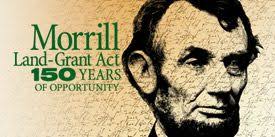 Abraham Lincoln is responsible for the creation of Historically Black Colleges and Universities (HBCUs). At least indirectly.
Abraham Lincoln is responsible for the creation of Historically Black Colleges and Universities (HBCUs). At least indirectly.
In early July 1862, Abraham Lincoln signed the Land-Grant College Act. His predecessor James Buchanan had vetoed the idea in 1859, but with Lincoln’s encouragement, Senator Justin Morrill reintroduced it for easy congressional passage and Lincoln’s welcome signature. The Act donated federal land to the states, which could sell them to establish a permanent endowment to fund public colleges. The Act required these colleges to teach “scientific and classical studies” and to “promote the liberal and practical education of the industrial classes” in agricultural and the mechanical arts. Iowa quickly accepted the provisions of the Act and designated its existing Iowa State Agricultural College (now Iowa State University) as the first official land-grant college. The first new institution created under the Act was Kansas State University. Isaac Funk, a close friend of Lincoln’s, founded the first land-grant college in Illinois. Others soon followed, including many in the South to aid its post-war rejuvenation.
So where do HBCUs fit into this? Because of discrimination against African-Americans in the former slave-owning states, a second Morrill Land-Grant Act was passed in 1890 requiring either the state demonstrate race was not an admissions criterion or they must designate a separate land-grant institution for persons of color. Many states chose the latter, which while discriminatory, did result in the creation of several HBCUs. In 1994 the land-grant status was extended to tribal colleges and universities, and today there are 106 land-grant colleges.
The importance of these land-grant colleges cannot be overstated. Only five percent of American males (and no females) went to college by the beginning of the Civil War. While all colleges taught fundamental science at the undergraduate level, the courses were intended to stimulate the logical thought necessary to succeed in their field of choice (e.g., law, medicine, business). Science was designed to teach students problem solving, not prepare them for careers in science. No laboratory work was done; at best the professor would do demonstrations if he or the facility could afford the equipment. While the first Ph.D. was awarded only in 1861 by Yale, only later did graduate degrees become more common. Prior to the war, if you wanted to become an actual scientist you directly paid a professor to study with, often in Europe. With his signature, Lincoln created colleges that taught science and technology degrees, which served as a basis for the expansion of science training for the rest of the nineteenth century and beyond.
While the second Morrill Land-Grant Act was long after Lincoln’s assassination, it built on the original Act Lincoln had signed. This emphasis on education, once it was extended to either integrated colleges or separate HBCUs, helped fulfill what Lincoln had pursued since his first attempt at elective office when only 23-years-old. “Upon the subject of education,” Abraham Lincoln wrote in his Communication to the People of Sangamo County in 1832, “I can only say that I view it as the most important subject which we as a people can be engaged in.”
Since most of the original HBCUs after the Civil War were in the South, they provided opportunities for higher learning that had been blocked by unequal access to education in a continuing racist society. Now, 159 years later, we can assume Abraham Lincoln would be happy to see us finally elect our first HBCU Vice President, Kamala Harris.
[Adapted from my forthcoming book due out in February 2022]
David J. Kent is an avid science traveler and the author of Lincoln: The Man Who Saved America. His previous books include Tesla: The Wizard of Electricity and Edison: The Inventor of the Modern World and two specialty e-books: Nikola Tesla: Renewable Energy Ahead of Its Time and Abraham Lincoln and Nikola Tesla: Connected by Fate.
Follow me for updates on my Facebook author page and Goodreads.



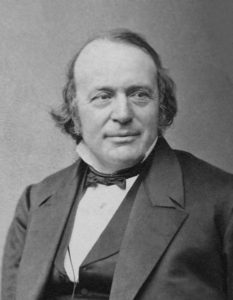 Louis Agassiz arrived at the White House on January 15, 1865 with Massachusetts Congressman Samuel Hooper. The famous scientist would have his one and only meeting with Abraham Lincoln. While the two influential men had never met before, Hooper was well-known to Lincoln. It was Hooper’s home in Washington DC that George McClellan had used as headquarters when he commanded the Union army. Hooper was also briefly the father-in-law of Charles Sumner, who had married Hooper’s daughter but divorced after only a short marriage. Today, however, the focus was on Agassiz.
Louis Agassiz arrived at the White House on January 15, 1865 with Massachusetts Congressman Samuel Hooper. The famous scientist would have his one and only meeting with Abraham Lincoln. While the two influential men had never met before, Hooper was well-known to Lincoln. It was Hooper’s home in Washington DC that George McClellan had used as headquarters when he commanded the Union army. Hooper was also briefly the father-in-law of Charles Sumner, who had married Hooper’s daughter but divorced after only a short marriage. Today, however, the focus was on Agassiz.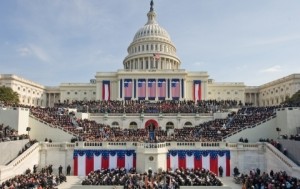 The election results were decisive. The new president-elect had won the popular vote by a substantial margin and had won more electoral votes than his competitors combined. The election had been secure, and the results were unequivocal.
The election results were decisive. The new president-elect had won the popular vote by a substantial margin and had won more electoral votes than his competitors combined. The election had been secure, and the results were unequivocal.
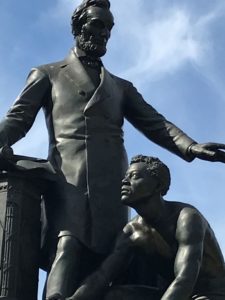 As part of my series on Confederate monuments I recently examined
As part of my series on Confederate monuments I recently examined  Heck of a year, wasn’t it? I’m sure I’m not alone in admitting that the year in a writer’s life didn’t go exactly as planned. And yet, looking back on
Heck of a year, wasn’t it? I’m sure I’m not alone in admitting that the year in a writer’s life didn’t go exactly as planned. And yet, looking back on 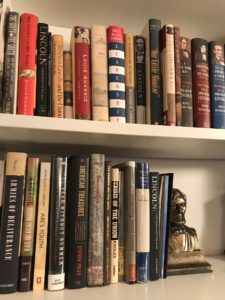 Given COVID, the election, the post-election, and everything else that happened this year, it should come as no surprise that my Abraham Lincoln book acquisition pattern was different that in previous years. While last year I had a big jump in the number of new Lincoln books I acquired (
Given COVID, the election, the post-election, and everything else that happened this year, it should come as no surprise that my Abraham Lincoln book acquisition pattern was different that in previous years. While last year I had a big jump in the number of new Lincoln books I acquired (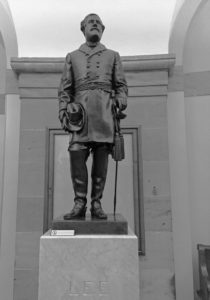 Virginians woke up Monday morning, December 21, 2020, to the
Virginians woke up Monday morning, December 21, 2020, to the  Well, we’ve made it through the year of the David Wiegers calendar and Lincoln has come full circle, arriving in London, UK. In January we started in Edinburgh, which as part of Scotland may or may not continue to be part of the United Kingdom post-Brexit.
Well, we’ve made it through the year of the David Wiegers calendar and Lincoln has come full circle, arriving in London, UK. In January we started in Edinburgh, which as part of Scotland may or may not continue to be part of the United Kingdom post-Brexit.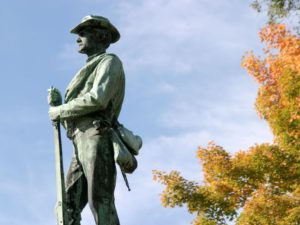 As I continue to explore “
As I continue to explore “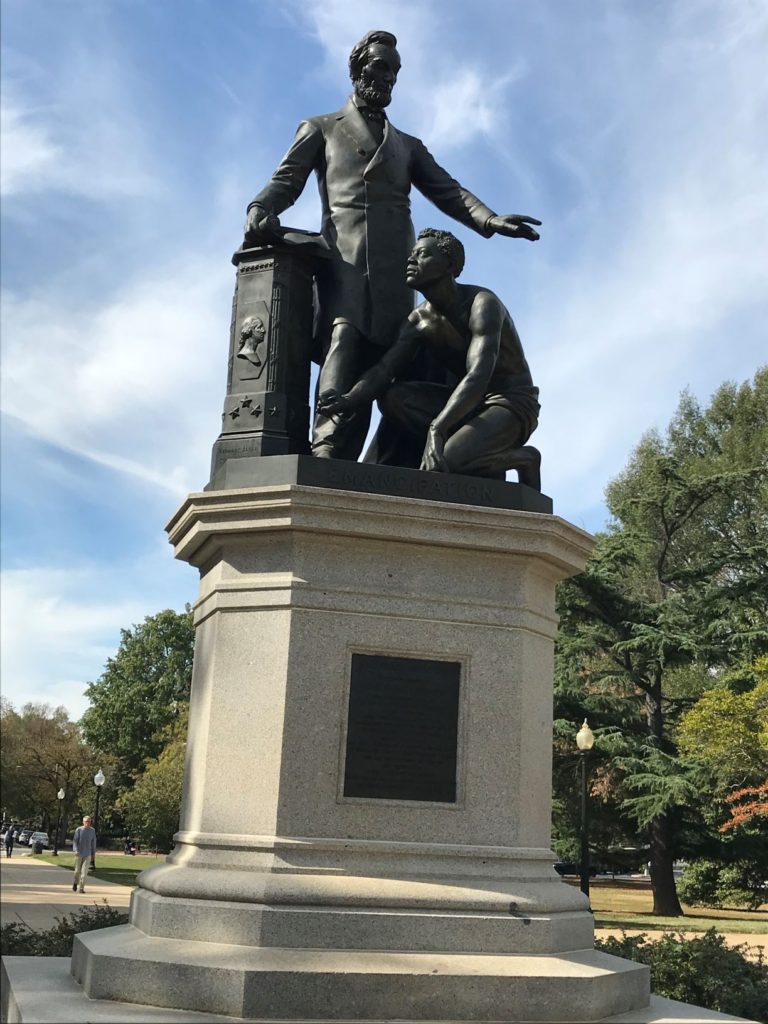
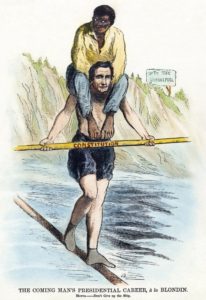 [This is Part 2.
[This is Part 2. 






